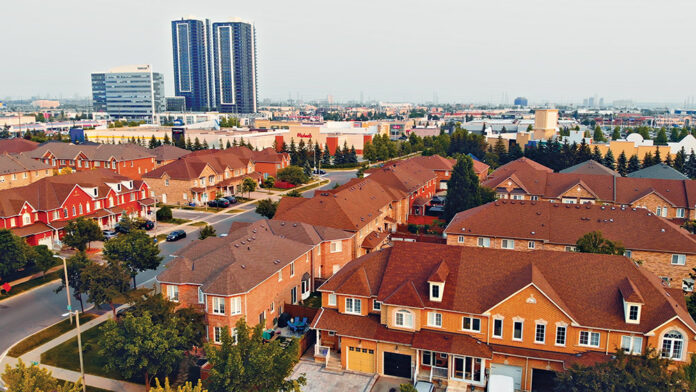By Evan Andrade, CHBA Economist
Touted as one of the most consequential housing policy moves of 2024 was the reduction of federal immigration targets for 2025 through to 2027. This was an acknowledgement that housing, healthcare, infrastructure and public attitudes towards immigration need time to better match the need to grow Canada’s population. Many institutions that track the economy and housing policy have, as a result, concluded that Canada’s ongoing housing supply shortage will soon no longer be the problem it once was. However, CHBA continues to assert that it would be an enormous political error to pare back ambitious targets for housing starts set only a few years ago. The government is still looking to support the doubling of housing starts, so let’s look at the underlying numbers that support this.
Aggressive downward revisions
In the first half of 2024, Canada’s annual population growth peaked at 3.2 per cent, representing an increase of slightly less than 1.3 million people. The government announced that new immigration targets for the next three years would welcome an average of 380,000 permanent residents (PRs) per year; in other words, a reduction of about 105,000 below the old targets. Canada admitted 104,000 PRs in the first quarter of 2025 – still significantly higher than pre-COVID times.
More aggressive downward revisions to the non-permanent residents (NPRs) target were also made, which would reduce the overall number of NPRs by 450,000 people per year in 2025 and 2026. Reductions will continue until NPRs represent at most five per cent of the population. Regarding these targets, the new federal government’s sole change is that the reduction in NPRs will occur over a three-year time frame rather than two. All told, Canada’s total population could be 2.5 per cent (1.1 million people) smaller than under the pre-existing targets.
The natural conclusion is that Canada’s housing supply gap is now smaller, as there will be fewer new households and the pace of housing stock expansion no longer needs to be as high. However, this is the wrong ethos for housing policy to adopt going forward. Instead, we should remain cognizant of how far back in time the supply gap has been growing, with Canada Mortgage and Housing Corporation (CMHC) estimating that housing was last broadly affordable back in 2003-04.
Homebuilding and infrastructure capacity
Further, the consensus forecast for housing starts over the next three years is that starts will slow down modestly from the 240,000 level seen in 2024. CHBA’s Housing Market Index also indicates that starts slated for ownership will be particularly beleaguered due to an extended period of poor sales.
Temporarily reducing immigration may give Canadians more housing options to choose from, but will not be a panacea for restoring affordability. While these new targets will likely be felt more quickly in terms of softer rent growth, homeownership affordability will take a long time to improve. It will be particularly hard to restore affordability if policy makers rely on rising wages to restore the ratio be between shelter costs and household incomes.
Equally important to remember is that the decision to lower immigration rates is still temporary. Canada needs to grow its homebuilding and infrastructure capacity to meet future population growth. Policy action should work towards creating an environment where regulations and construction costs can allow starts to sustainably grow to a pace where the cumulative housing supply gap is closed.











